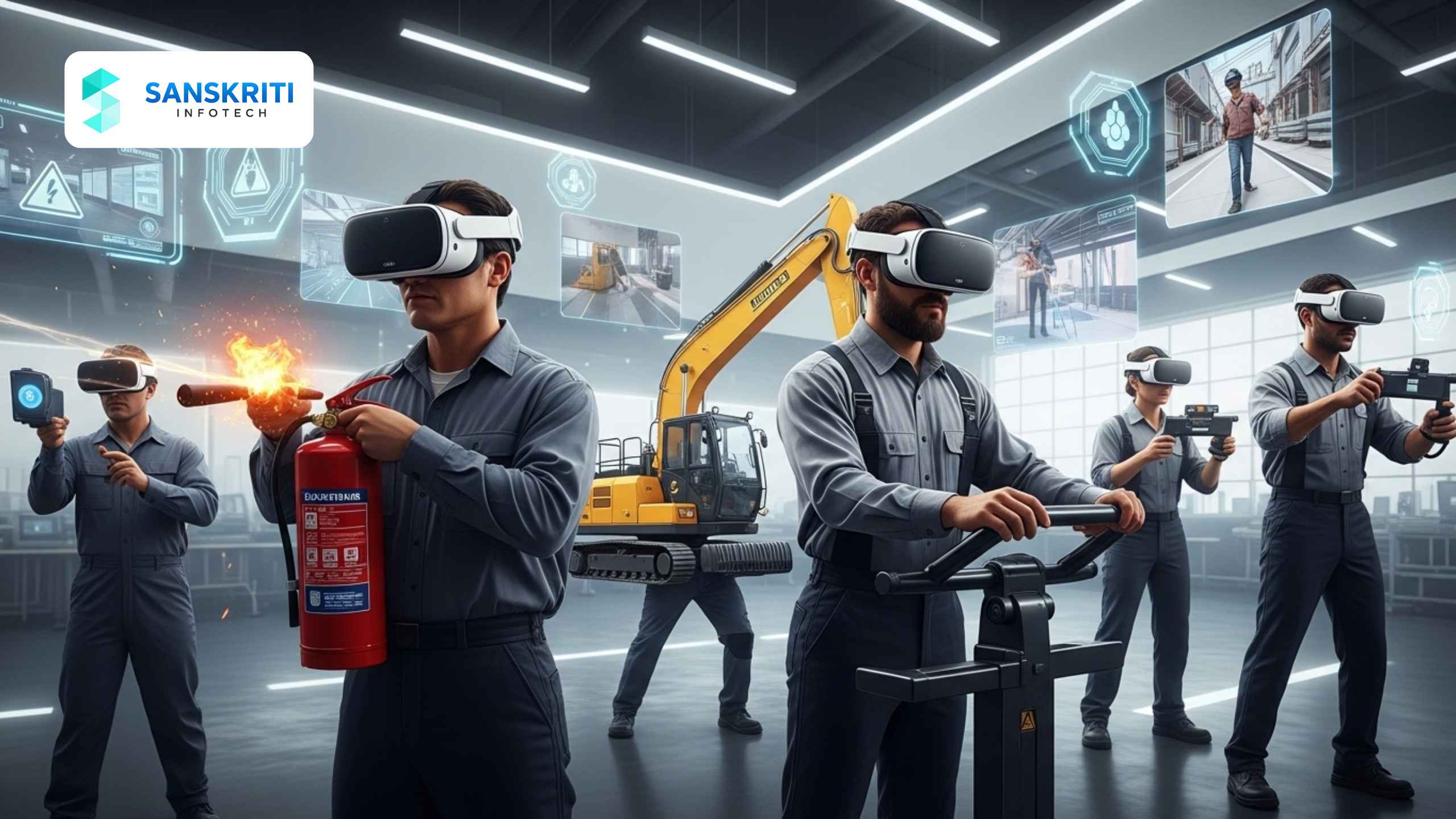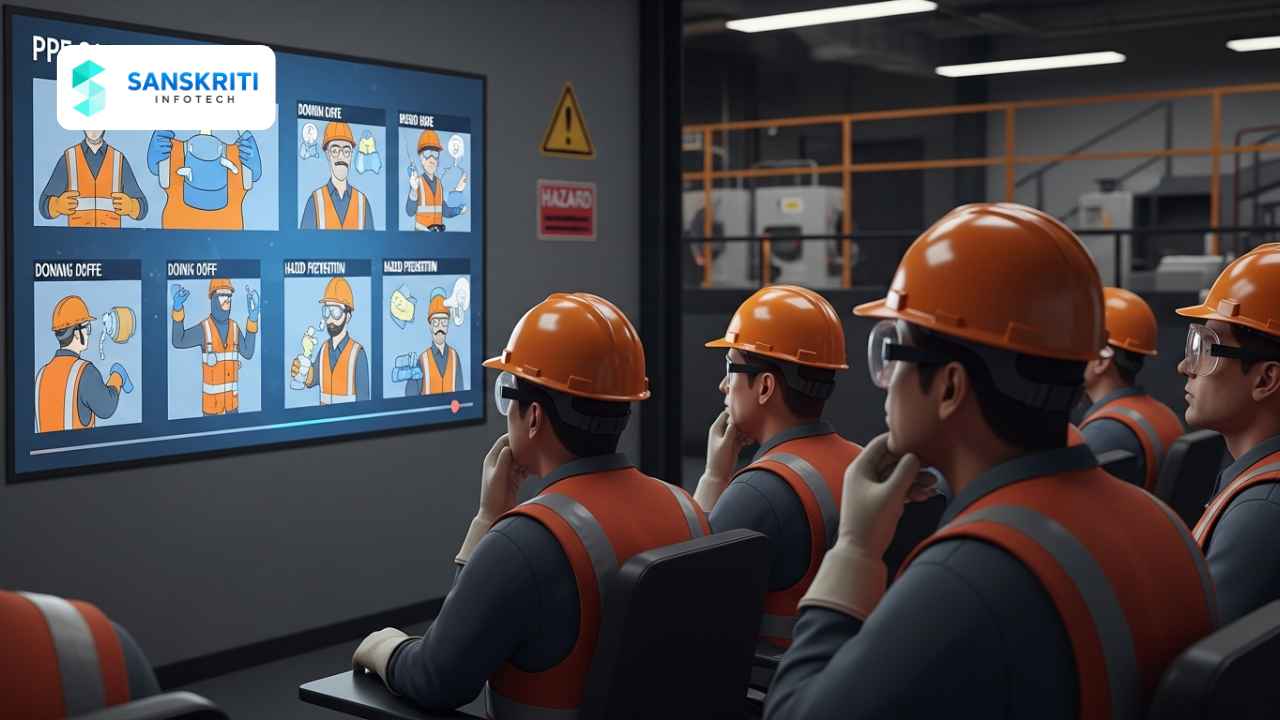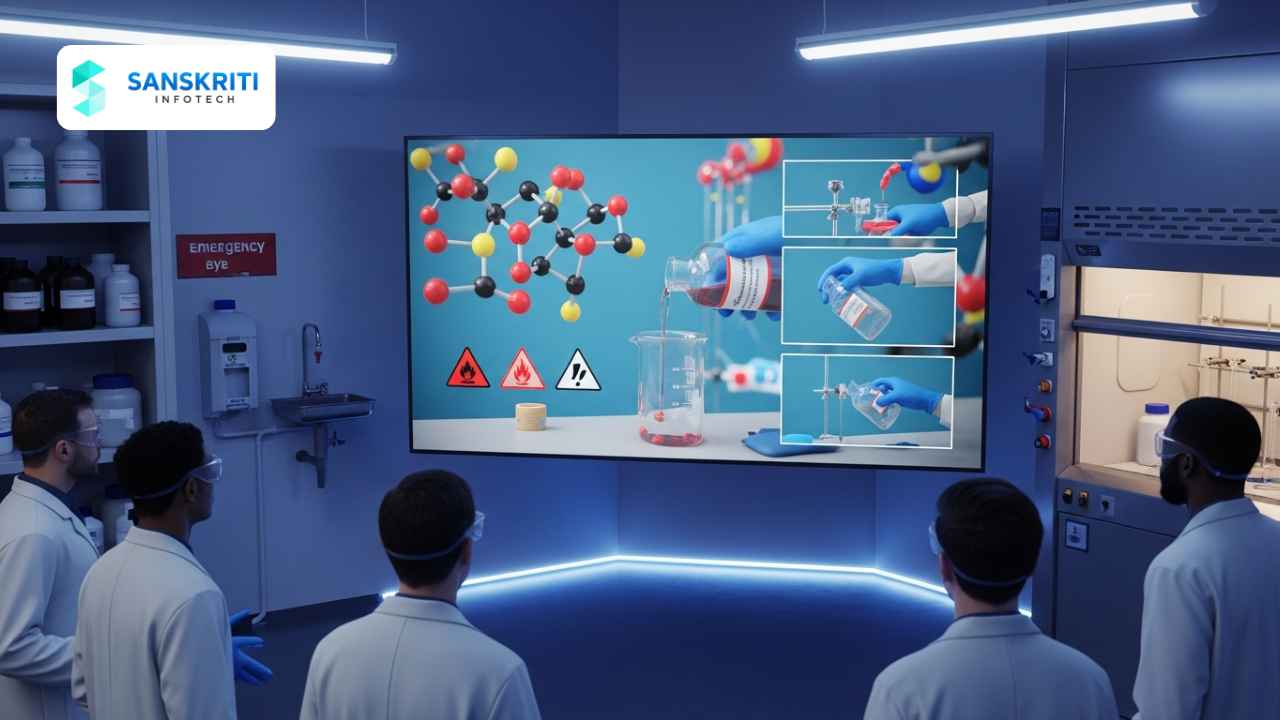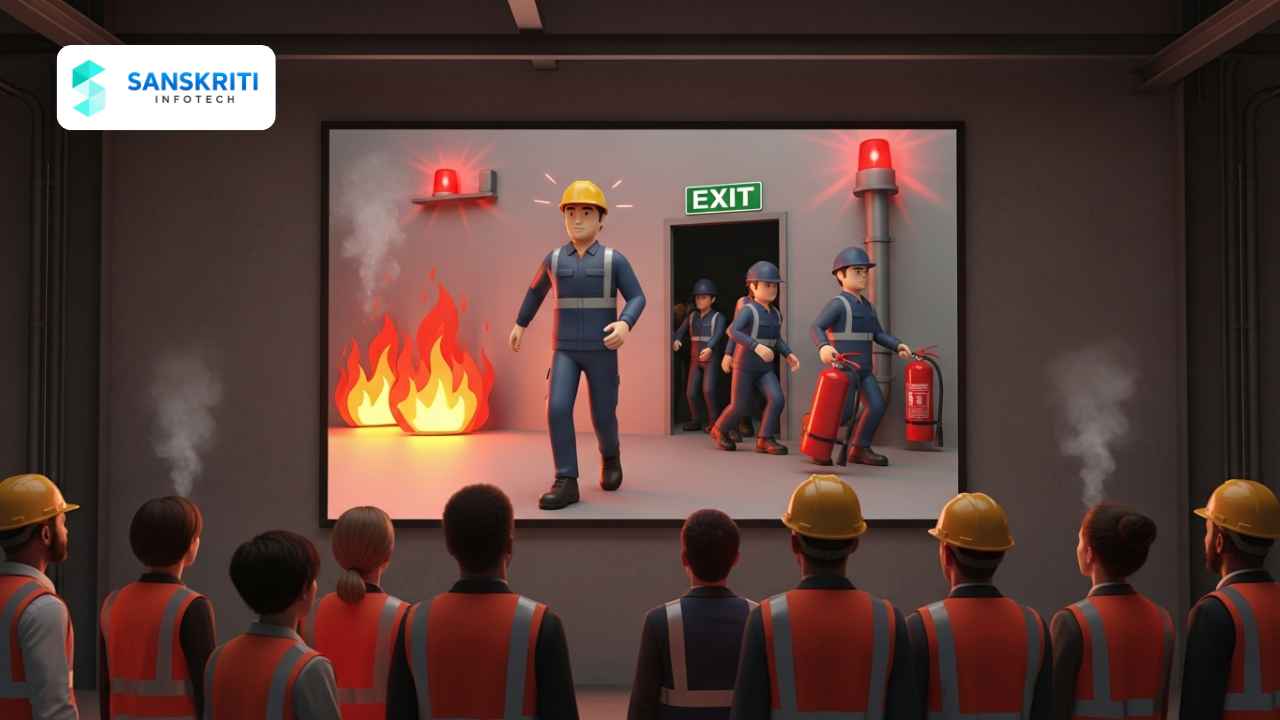Table of Contents
Introduction
VR safety training providers are redefining how organizations approach compliance, safety, and workforce preparedness. In industries like oil & gas, construction, manufacturing, and healthcare, where risk exposure can have life-threatening consequences, traditional training methods often fall short. VR safety training providers deliver immersive, simulated experiences that allow workers to practice safety protocols in realistic environments without facing real hazards. As investments in virtual reality grow globally, choosing the right VR safety training providers has become a critical business decision for companies committed to reducing incidents, accelerating onboarding, and ensuring compliance.
Read about the impact of VR training in the PwC VR Training Study.
Why VR Safety Training Matters in 2025
Workplace training is undergoing a paradigm shift, and VR safety training providers are at the forefront of this transformation. Studies by PwC and other industry leaders show that VR training improves retention by up to 75% compared to classroom sessions. Employees trained using VR also feel more confident in applying safety practices, leading to fewer workplace incidents. In 2025, organizations across the globe are turning to VR safety training providers to create safer, smarter, and more compliant workplaces.
What VR Safety Training Providers Offer
VR safety training providers design and deliver solutions that replicate real-world high-risk scenarios in a virtual setting. Key offerings include:
- Immersive simulations of hazardous environments like oil rigs, plants, and construction sites.
- Hands-on training for emergency response protocols.
- Interactive safety inductions for new hires.
- Industry-specific compliance training modules.
- Hardware and software solutions for deployment across enterprises.
Learn more about compliance guidelines at OSHA Safety Training.
Criteria for Evaluating VR Safety Training Providers
When comparing VR safety training providers, decision-makers should assess:
- Industry Experience: Does the provider specialize in compliance-heavy industries?
- Technology Ecosystem: Support for VR devices like Oculus, HTC Vive, and Microsoft HoloLens.
- Customization: Ability to tailor VR modules for specific risks and compliance standards.
- Scalability: Can the solution be rolled out across multiple facilities globally?
- Integration: Compatibility with Learning Management Systems (LMS).
- Pricing & ROI Measurement: Transparent costing and measurable business outcomes.
Benefits of Partnering with the Right VR Safety Training Providers
Choosing the right VR safety training providers ensures organizations maximize returns on their investments. Key benefits include:
- Reduced incidents and workplace injuries.
- Faster employee onboarding and higher compliance pass rates.
- Consistency in training delivery across geographies.
- Increased employee engagement and confidence in safety practices.
- Future-proofing training investments with scalable VR ecosystems.
For additional insights, see Training Magazine Insights.
Top VR Safety Training Providers Around the Globe
Here’s a look at some of the leading VR safety training providers globally:
- Strivr (US): Known for enterprise-scale VR workforce training solutions.
- ForgeFX (US): Specializes in simulation-based training for high-risk industries.
- VRAI (Ireland/UK): Focuses on data-driven VR safety training for defense and heavy industries.
- Motive.io (Canada): Offers scalable, customizable VR training modules.
- Pixaera (UK): Provides gamified VR training experiences for industries.
- Sanskriti Infotech (India, Global): A global leader in 3D, VR, AR, and digital twin safety training solutions, delivering cost-effective yet high-quality enterprise VR solutions across manufacturing, oil & gas, logistics, and healthcare.
Why Sanskriti Infotech Leads Among VR Safety Training Providers
Sanskriti Infotech stands out among VR safety training providers with a strong reputation for innovation, quality, and cost efficiency. Key strengths include:
- Expertise in VR/AR, 3D Animation, and Digital Twins.
- Custom safety training modules aligned with OSHA and ISO compliance.
- Global delivery capability with India-based cost advantage.
- Proven track record across industries like oil & gas, healthcare, logistics, and manufacturing.
- End-to-end solutions including LMS integration and hardware deployment.
Case Study Example
A multinational manufacturing company faced recurring safety incidents during new worker onboarding. Sanskriti Infotech designed VR safety training modules replicating hazardous equipment handling and emergency protocols. Within six months, the company reported a 30% reduction in incidents and a 40% faster onboarding process — a testament to the ROI delivered by choosing the right VR safety training providers.
Buyer’s Checklist for Selecting VR Safety Training Providers
Before finalizing a VR safety training partner, businesses should ensure:
- Industry-specific compliance expertise.
- Proven portfolio with case studies.
- Multilingual training support.
- Scalable, future-proof technology.
- Transparent pricing and ROI frameworks.
- Ongoing technical support and updates.
Conclusion
VR safety training providers are essential partners for organizations seeking to build safer workplaces and ensure compliance. By delivering immersive, engaging, and effective safety training, the right provider helps businesses reduce risks, accelerate learning, and standardize compliance worldwide. Among global VR safety training providers, Sanskriti Infotech stands out for its innovation, cost efficiency, and proven results. For companies committed to future-proofing their safety training programs, Sanskriti Infotech is the trusted partner of choice.






